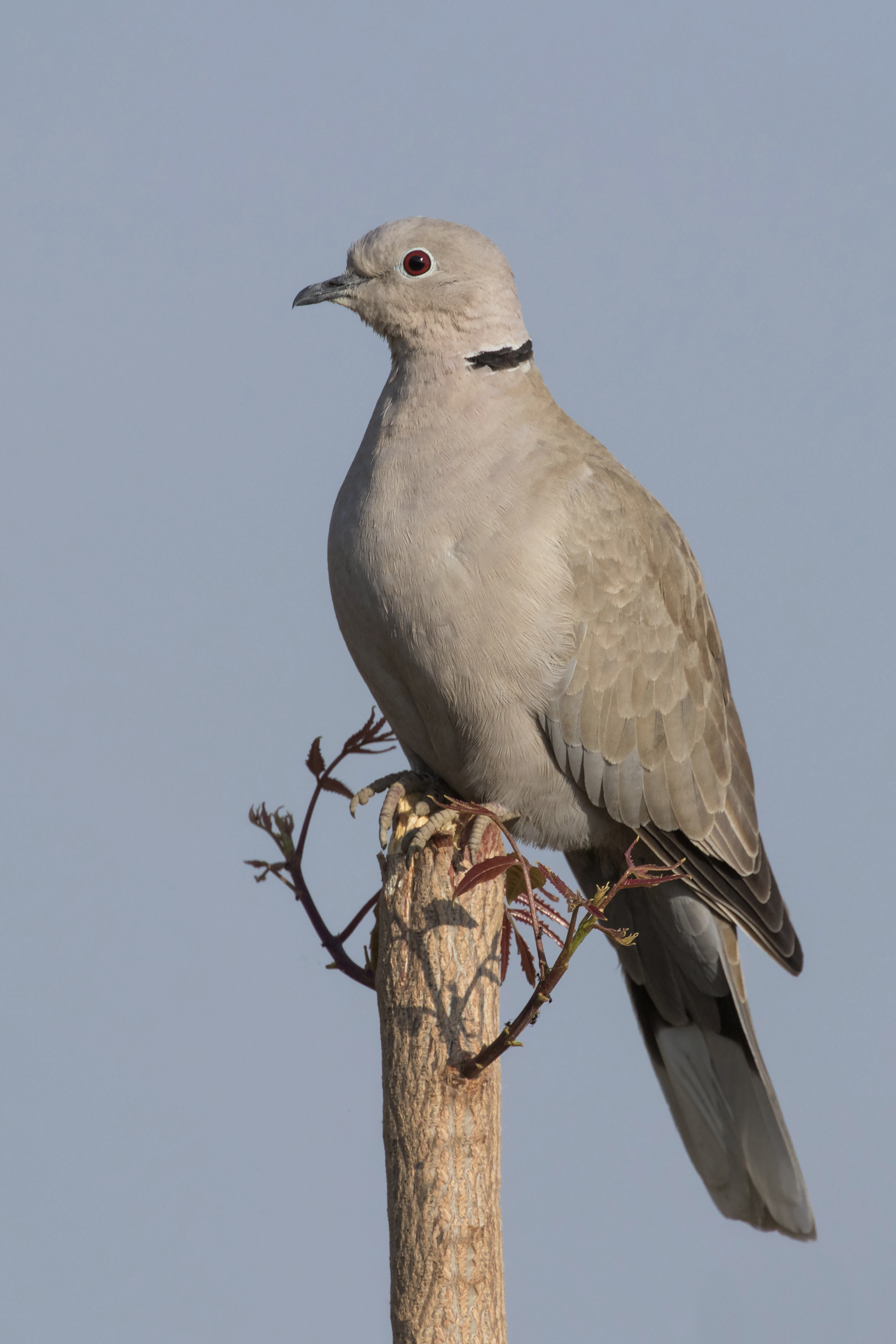Monthly Archives: January 2019
The turtle and the turtledove
Every word of God is pure (see Proverbs 30:5) which means that every word is important. Every distinct word is important. Seeing that our King James Bible is aligned directly with this Scriptural principle, we find that we can rely upon every word, even to the jot and tittle (see Matthew 5:18).
In Song of Solomon 2:12, we read about the turtle, “The flowers appear on the earth; the time of the singing of birds is come, and the voice of the turtle is heard in our land”.
Some mockers have said that turtles, the reptiles, do not make sound. However, the reference is clearly to birds. This is clear from the reference given above, and also that the turtle is in the list of birds at Jeremiah 8:7 and more importantly in comparing Leviticus 12:6 with verse 8 of the same chapter:
6 And when the days of her purifying are fulfilled, for a son, or for a daughter, she shall bring a lamb of the first year for a burnt offering, and a young pigeon, or a turtledove, for a sin offering, unto the door of the tabernacle of the congregation, unto the priest:
7 Who shall offer it before the Lord, and make an atonement for her; and she shall be cleansed from the issue of her blood. This is the law for her that hath born a male or a female.
8 And if she be not able to bring a lamb, then she shall bring two turtles, or two young pigeons; the one for the burnt offering, and the other for a sin offering: and the priest shall make an atonement for her, and she shall be clean.
From this, it could be concluded that the turtle and the turtledove are synonymous. But this is not the end of the matter, for we now come to the deep question, Why is it “turtle” in one place, and “turtledove” in another? What is the reason for the distinction?
This is where we can truly appreciate the accuracy of the King James Bible.
We know from science that there are different species of turtledoves. We know that in the land of Israel today that the Streptopelia turtur is present, the European common turtledove, and Streptopelia decaocto, the Eurasian collared dove. The common turtledove is migratory, thus being the “turtle” of the Bible, whereas the closely related species, also in the turtledove genus, the collared dove, is present in large numbers in Israel and is a resident species. Both DNA and the scientific classification place these species in the turtledove category, regardless of their current common names. These can be interbred and produce hybrids.
From this, we can conclude from Scripture that either the turtle (the common turtledove) or the turtledove (the collared dove) were used for offerings at the temple.
It is important to note that the “turtle”, when called by its Latin name is “Streptopelia turtur”, which translates to “turtledove turtle”, for its call, “tur-tle”. Following is a photo of the turtle:

Following is a photo of a turtledove:

Revelation 16:5 is correct in the King James Bible
The booklet referred to is here: http://www.bibleprotector.com/receiveKJBO.pdf
Gog and Magog: An Overview
God’s Word and Spirit direction for the Church
God’s Word and Spirit direction for the Church is a free book from Victory Faith Centre:
http://victoryfaithcentre.org.au/wp-content/uploads/2015/02/GODS-DIRECTION-FOR-THE-CHURCH.pdf
